Government Initiatives and Funding
Government initiatives and funding play a pivotal role in shaping the Healthcare Satellite Connectivity Market. Various governments are recognizing the importance of enhancing healthcare access through satellite technology, particularly in rural and remote areas. Initiatives aimed at improving healthcare infrastructure often include provisions for satellite connectivity, which facilitates telehealth services and remote diagnostics. For instance, funding programs that support the deployment of satellite systems in underserved regions are becoming increasingly common. These efforts not only aim to improve healthcare delivery but also to reduce disparities in health outcomes. As governments continue to invest in satellite connectivity solutions, the Healthcare Satellite Connectivity Market is likely to benefit from increased funding and support, fostering innovation and expansion in the sector.
Rising Demand for Remote Healthcare Solutions
The Healthcare Satellite Connectivity Market is experiencing a notable surge in demand for remote healthcare solutions. This trend is driven by the increasing need for accessible medical services in underserved regions. As healthcare providers seek to extend their reach, satellite connectivity offers a viable solution for delivering telemedicine and remote patient monitoring. According to recent estimates, the market for telehealth services is projected to grow significantly, with satellite technology playing a crucial role in ensuring reliable communication. The ability to connect healthcare facilities in remote areas enhances patient care and supports healthcare professionals in delivering timely interventions. This rising demand for remote healthcare solutions is likely to propel the Healthcare Satellite Connectivity Market forward, as stakeholders recognize the potential of satellite technology in bridging the healthcare access gap.
Increased Collaboration Among Healthcare Stakeholders
Increased collaboration among healthcare stakeholders is emerging as a key driver in the Healthcare Satellite Connectivity Market. Partnerships between healthcare providers, technology companies, and satellite service providers are fostering innovative solutions that enhance healthcare delivery. These collaborations often focus on integrating satellite connectivity into existing healthcare systems, thereby improving access to medical services in remote areas. By pooling resources and expertise, stakeholders can develop tailored solutions that address specific healthcare challenges. The trend towards collaboration is likely to accelerate the adoption of satellite technology, as stakeholders recognize the mutual benefits of working together. As a result, the Healthcare Satellite Connectivity Market is poised for growth, driven by the collective efforts of diverse players aiming to improve healthcare access and outcomes.
Technological Advancements in Satellite Communication
Technological advancements in satellite communication are transforming the Healthcare Satellite Connectivity Market. Innovations such as high-throughput satellites and low Earth orbit (LEO) satellite systems are enhancing data transmission capabilities, thereby improving the quality of healthcare services. These advancements enable faster and more reliable connections, which are essential for real-time telemedicine applications. The integration of advanced satellite technologies allows healthcare providers to transmit large volumes of data, including high-resolution medical images, with minimal latency. As a result, healthcare organizations are increasingly adopting satellite solutions to improve operational efficiency and patient outcomes. The ongoing evolution of satellite communication technology is expected to drive growth in the Healthcare Satellite Connectivity Market, as it meets the rising demands for efficient and effective healthcare delivery.
Growing Focus on Emergency Response and Disaster Management
The growing focus on emergency response and disaster management is significantly influencing the Healthcare Satellite Connectivity Market. In times of natural disasters or public health emergencies, traditional communication infrastructures often become compromised. Satellite connectivity provides a reliable alternative, ensuring that healthcare services can continue uninterrupted. This capability is crucial for coordinating emergency medical services, delivering critical supplies, and facilitating communication among healthcare providers. As organizations recognize the importance of robust communication systems in crisis situations, investments in satellite technology are expected to rise. The Healthcare Satellite Connectivity Market stands to gain from this trend, as stakeholders prioritize the establishment of resilient healthcare communication networks that can withstand emergencies and support effective disaster response.


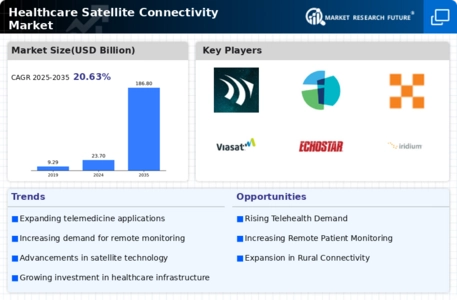
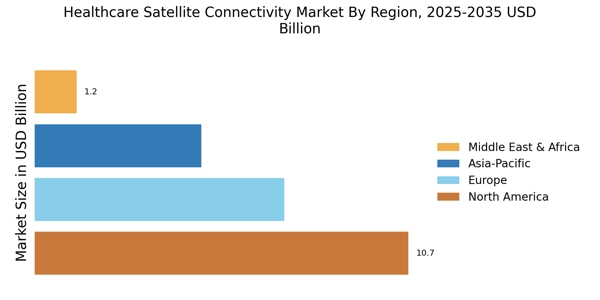
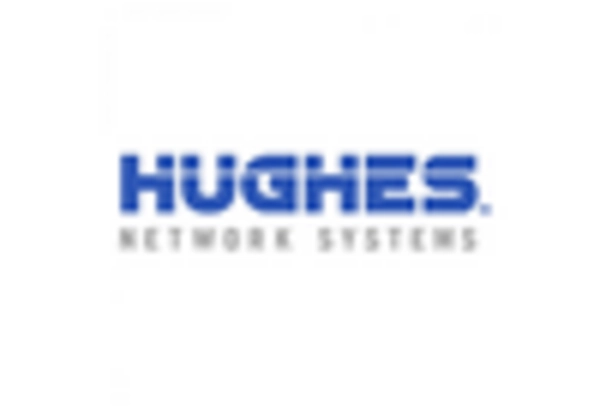

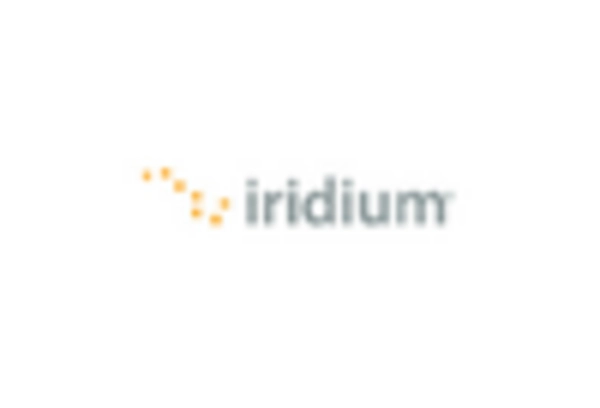
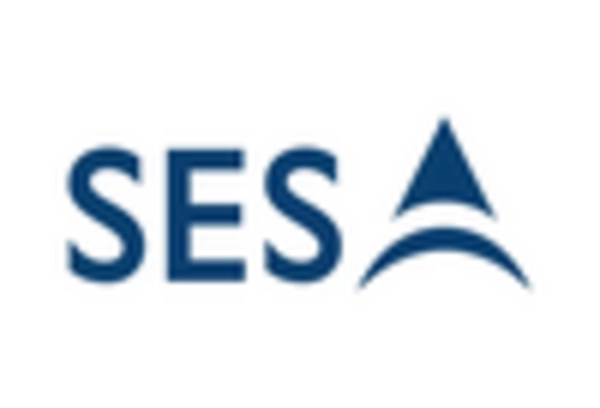
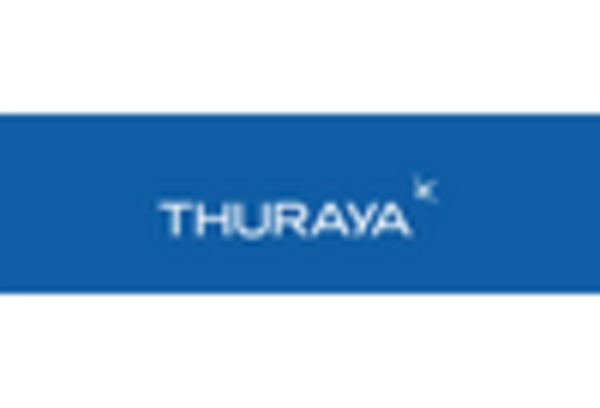
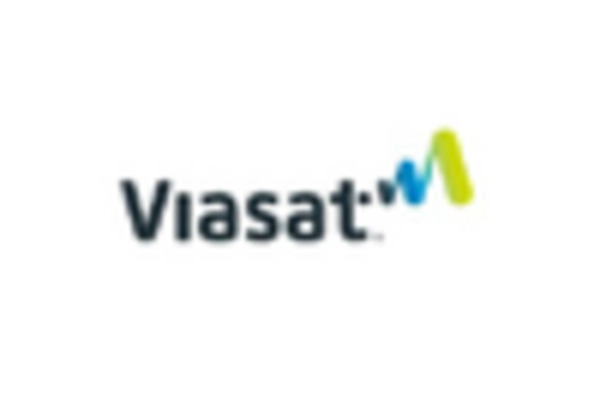








Leave a Comment